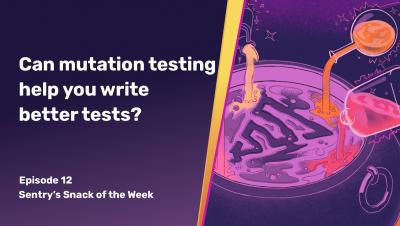Treat Application Performance Like A Feature
I, like many of you no doubt reading this, am an engineer with very strong opinions on how software should work. I am not interested in moving fast and breaking things; I am not interested in changing the world. I am interested in building pleasant, ergonomic software and charging money for it. My company, Buttondown, was born from that ethos.














